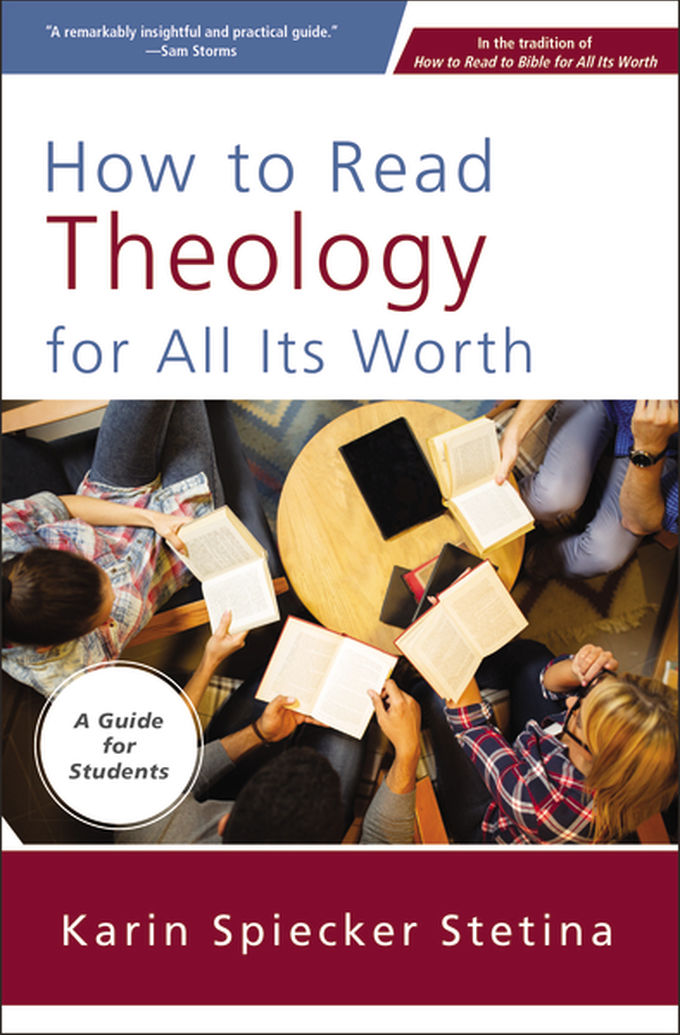It is common to hear seminaries referred to as cemeteries, places where faith goes to die. Readers who put this book into action will have a harder time having this perspective. One of the best features of this book is that it continually anchors reading of theology in partnership with biblical text and prayer. This book is extremely well written with a significant glossary included to define uncommon language empowering readers new to reading theology.
One of the elements that readers new to theology may find frustrating about this book is that it does make the task of reading theology more complicated. Stetina outlines the necessary background information required for correctly contextualising one’s reading which increases the barrier to entry as research is required and not all of this information is readily available. Even in light of this, Stetina very clearly explains, using a fairly common example, the need to read with contextual information to determine the author’s intended meaning.
The other significant issue is that there is no conclusion to the book. There are examples included in each section related to the focus, but I found the book ends quite abruptly. A proper conclusion, potentially with a bigger example moving through the process outlined in the book would have been beneficial.
It may be an element of style, but in this bookit is quite typical for an external quote to be provided on the chapter page and then in its entirety within the text of the chapter and potentially repeated again in the questions that finalise each chapter. This causes the quote to be quite repetitive over the course of the chapter detracting from the benefit of its inclusion.
The appendices allow for the information in the main text, to be easily contextualised for different roles including teaching this content, organising, and attending a reading group. This is extremely helpful however, some of the content is duplicated between the latter two appendices, which may have worked better if they were combined or if it simply referred to the previous appendix.
Overall, the quality of writing is really high, and the illustrations included are memorable and instructive in conveying the content. Stetina can be repetitive in an instructively helpful way, maintaining a reminder to soak what can be an academic experience in prayer, and with reference to the Bible. The book itself is brief, most chapters are just twenty pages, including the two question pages that conclude each chapter. There are only eight main chapters, meaning that the book can be easily completed in a fortnight. There is a relatively long list of theology texts which appear to include both Catholic and Reformed texts, ranging from early church to modern times. While this may not be the best text for all students to read, it is especially recommended for Bachelors students particularly those who intend to move onto further study or senior pastoring, or if you’re pursuing further study as a minister.



Recent Comments